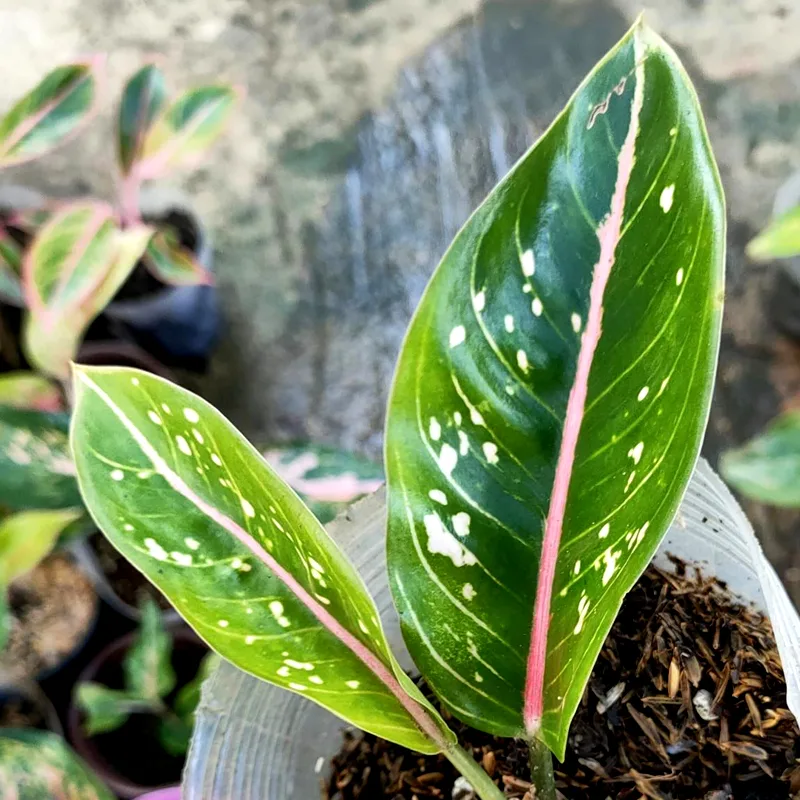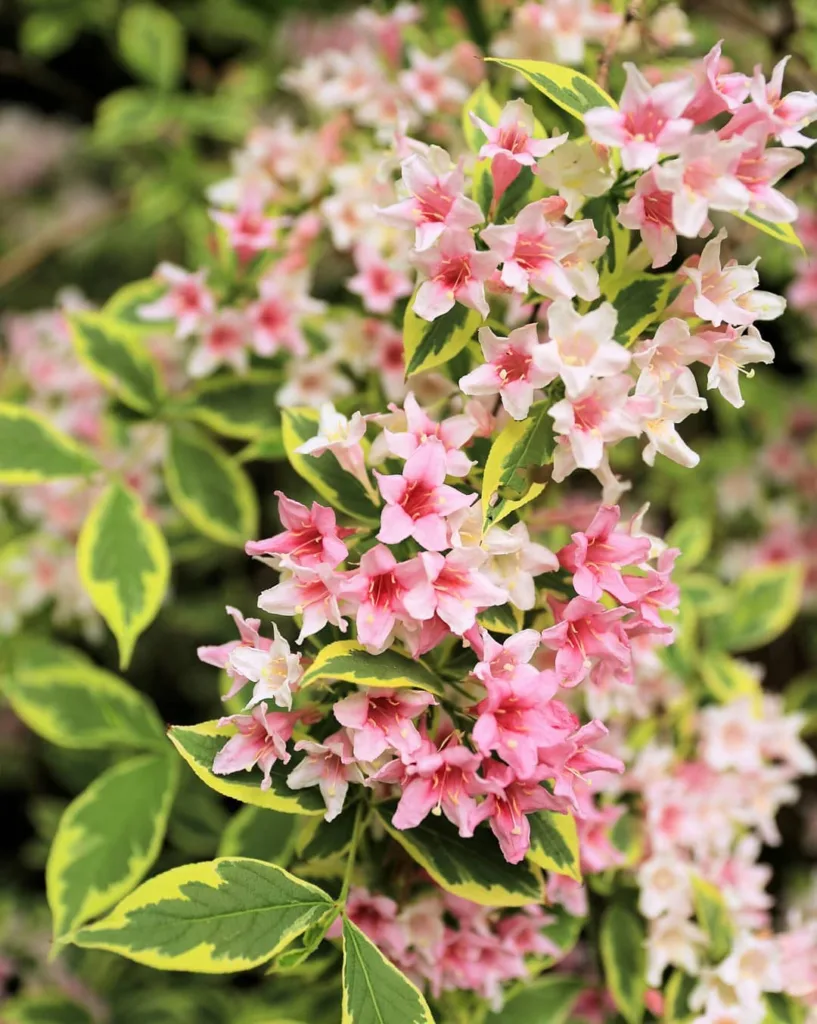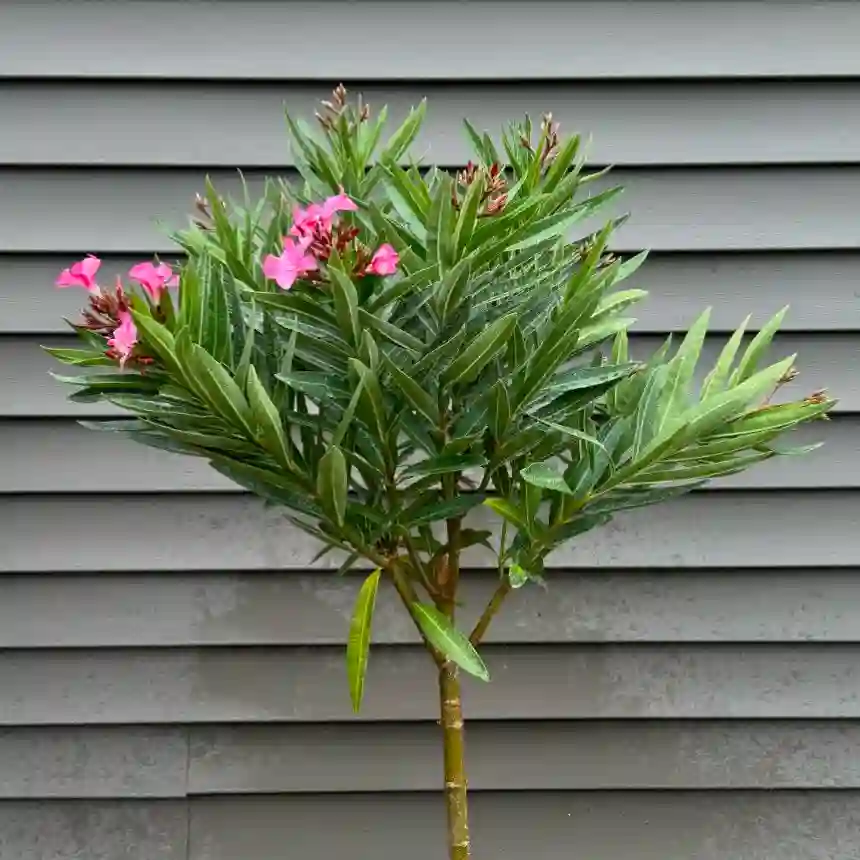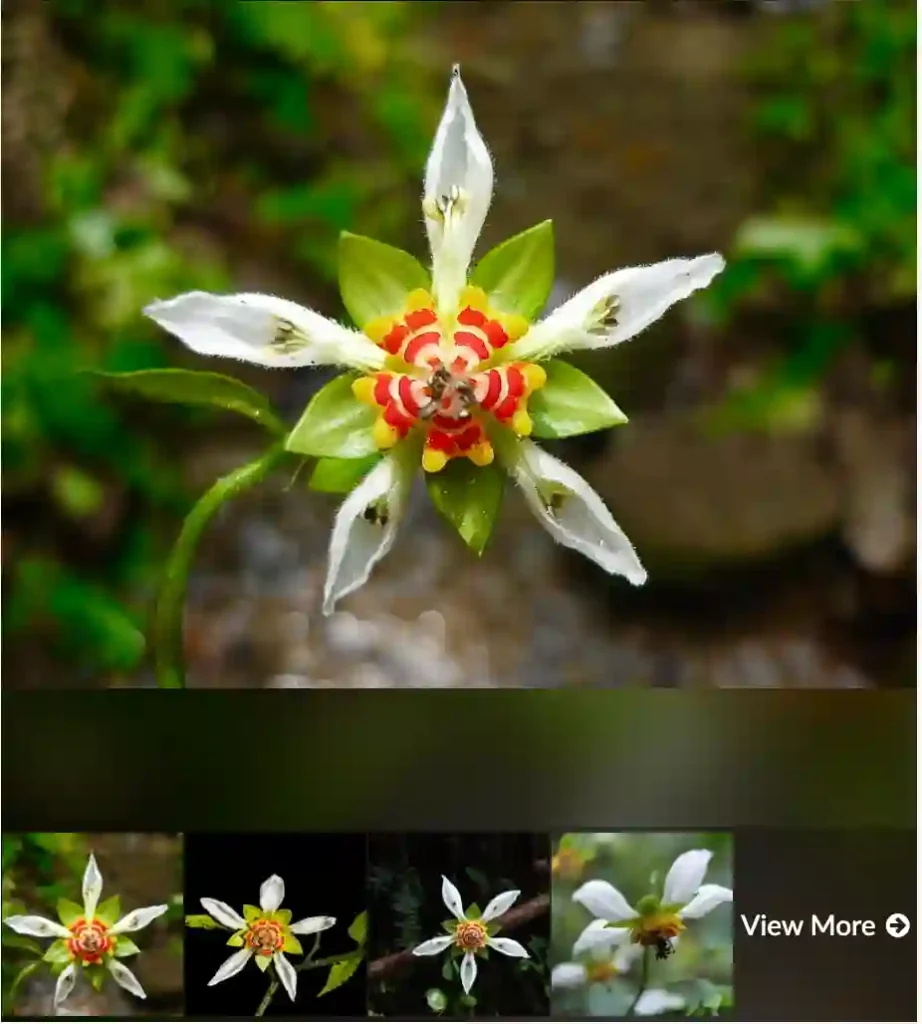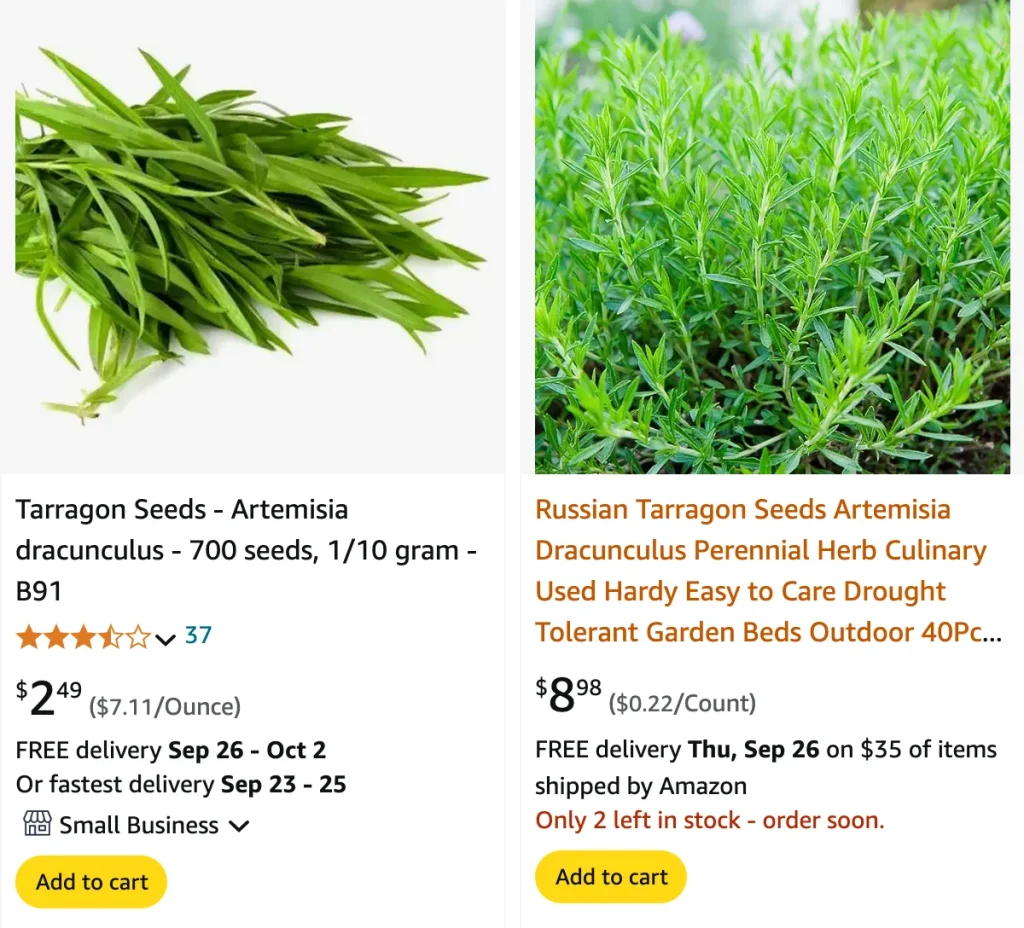
FAQs About Artemisia Dracunculus
Artemisia Dracunculus, commonly known as tarragon, has long fascinated me, not just for its culinary uses but also for its intriguing properties. I often find myself diving into its various aspects, so I thought I’d share some frequently asked questions about this remarkable plant.
508 Species in Genus Artemisia
What Is Artemisia Dracunculus Root Used For?
The root of Artemisia Dracunculus is less talked about compared to its leaves, which are famous in cooking. However, the root has its own benefits. Traditionally, it has been used in herbal medicine to support digestive health. People often turn to it for its mild diuretic properties, which can help with water retention. Some herbalists even suggest that it may help ease symptoms of gastrointestinal discomfort. I’ve found that incorporating tarragon into meals not only enhances flavor but also adds some potential health benefits.
How to Care for Artemisia Dracunculus?
Caring for Artemisia Dracunculus is relatively straightforward. This perennial thrives in well-drained soil and prefers full sun to partial shade. I usually plant it in a location that gets at least six hours of sunlight a day. The soil should be slightly alkaline and not overly rich; tarragon doesn’t require heavy fertilization. Watering should be moderate; I let the top inch of soil dry out between waterings. Overwatering can lead to root rot, which I’ve learned the hard way.
How to Propagate Artemisia Dracunculus?
Propagating Artemisia Dracunculus is easy and rewarding. I typically do this through division in the spring or fall. To divide the plant, I carefully dig up the root ball and separate it into smaller sections, ensuring that each division has some roots and shoots. Then, I replant these divisions in separate spots, and they quickly establish themselves. Alternatively, you can grow tarragon from seeds, though it can be a bit slower.
Can You Grow Artemisia Dracunculus Indoors?
Absolutely! I’ve grown Artemisia Dracunculus indoors with great success. The key is to ensure it gets enough sunlight—ideally, a south-facing window. I use a pot with good drainage and a light potting mix. Regular watering is essential, but I make sure not to overdo it. Indoors, it can be a bit more susceptible to pests, so I check the leaves for any signs of trouble.
What to Plant With Artemisia Dracunculus?
When planning a garden, I find that Artemisia Dracunculus pairs beautifully with other herbs and vegetables. It thrives alongside basil, parsley, and tomatoes. The contrasting flavors of these plants enhance each other in culinary dishes. I also like to plant it with companion plants that deter pests, such as marigolds. This helps keep my garden healthy while maximizing space.
Is Artemisia Dracunculus Toxic?
One of the common questions I get is whether Artemisia Dracunculus is toxic. Thankfully, it is not toxic to humans or pets. In fact, it is generally considered safe for culinary use. However, it’s worth noting that some people may experience allergic reactions to the plant. I always recommend trying a small amount first if you’re new to it.
Benefits of Artemisia Dracunculus
The benefits of Artemisia Dracunculus go beyond its flavor. As a culinary herb, it’s rich in antioxidants and has antimicrobial properties. I appreciate its role in promoting digestion and appetite. Plus, tarragon is a source of vitamins A and C, adding nutritional value to dishes. In traditional herbal medicine, it’s also believed to help reduce inflammation and support liver health, which is a bonus.
Common Problems with Artemisia Dracunculus
While growing Artemisia Dracunculus is generally trouble-free, I’ve encountered a few issues. One of the most common problems is powdery mildew, especially in humid conditions. I combat this by ensuring good air circulation and watering in the morning rather than the evening. Aphids can also be a concern; I’ve found that using a gentle soap spray helps keep these pests at bay.
Comparing Artemisia Dracunculus to Other Similar Herbs
When comparing Artemisia Dracunculus to similar herbs like rosemary and sage, I notice some distinct differences. Tarragon has a unique anise-like flavor, while rosemary and sage offer earthy, woody tastes. This makes tarragon a standout in French cuisine, particularly in sauces and dressings. I often use it in vinaigrettes and as a seasoning for poultry dishes, where its distinct flavor shines.
In conclusion, Artemisia Dracunculus is more than just a culinary herb; it’s a plant with a rich history and a variety of uses. Whether you’re interested in its health benefits, culinary applications, or gardening potential, it’s a worthy addition to any herb garden. Happy gardening!
If i die, water my plants!
